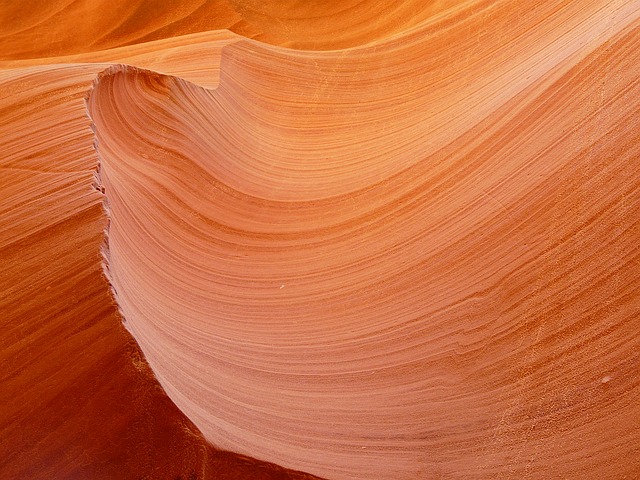Natural stone is processed to give it the right shape, size and texture. There are several effects that can be achieved. We decided to briefly characterize each of them so that you know what’s hidden under some mysterious names. We invite you to read it!
- Polished texture – this is the most popular texture among all those practiced in stonemasons. This type of finish is used in most stone worktops and window sills. It is distinguished by its mirror-like brilliance, which perfectly emphasizes the colour and use of stone. This textured material reflects light perfectly, is perfectly smooth, and its structure is free of dirt, so its cleaning is really efficient and not too demanding.
- Semi-polished texture – is a texture with a matt, semi-matt or glossy finish. It is used in the production of stairs and floors. Nicely brings out the beauty of the material, but the surface is not as smooth and slippery as in the case of polished texture.
- Ground texture – is a rough texture consisting of scratches of different sizes and depths (usually 0.1-1.5 mm). Without impregnation, it remains matt and does not conquer the colour of the stone (it remains quite pale). It is rough and has anti-slip properties, which is why it is ideal for window sills, stairs and external and internal floors. With its help you can “age” the stone, which provides a lot of interesting arrangement possibilities.
- Satin texture – is a combination of two textures: flamed and brushed, which allows to obtain a rather mild roughness. Nicely brings out the colour of the material. It works well in the production of staircases and elevations as well as stone tiles.
- Sandblasted texture – formed as a result of a stream of sand hitting raw stone. It is characterized by a matt and rough finish that does not reflect light and small holes (puncture marks) on the surface. It has anti-slip properties. Impregnation of this texture allows to enhance the color and obtain the effect of “wet stone”.
- Flamed texture – what distinguishes it from others are its 3-4 mm recesses and open pores in which dirt penetrates easily, so it is recommended to impregnate it. This treatment also has other benefits: it increases resistance and deepens colour. The flamed texture is rough, matt and does not reflect light. It is very often used in the production of steps and external floors.
- Stable texture – formed as a result of sandblasting and brushing. It has a slightly rough finish and has a low susceptibility to mechanical damage.

